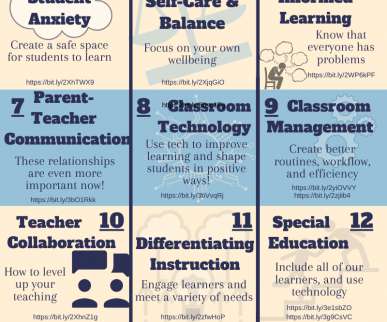Why Games are Central to Building Math Fluency
MIND Research Institute
AUGUST 10, 2021
For example, take my personal journey to learn Spanish. I took two years of Spanish in high school to meet the state language requirement. The best game-based learning programs will actually boost students’ ability to reason and understand underlying concepts. 11 Lessons on Game-based Learning and STEM Education.














Let's personalize your content